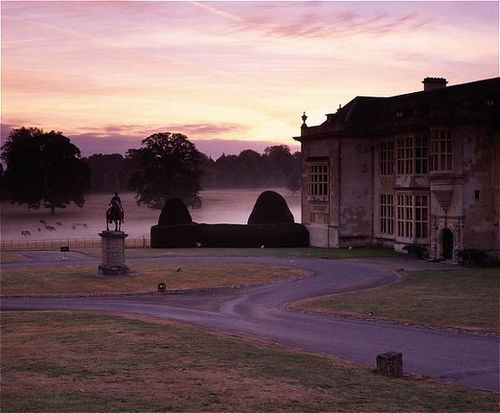 For those of you who aren’t familiar with this paper, it was a recent effort to figure out if another approach to climate policy could be more successful.
For those of you who aren’t familiar with this paper, it was a recent effort to figure out if another approach to climate policy could be more successful.
Here is quote from Mike Hulme in this essay on the Hartwell paper .
To move forward, we believe a startling proposition must be understood and accepted. It is not possible to have a “climate policy” that has emissions reduction as the all-encompassing and driving goal.
We advocate inverting and fragmenting the conventional approach: accepting that taming climate change will only be achieved successfully as a benefit contingent upon other goals that are politically attractive and relentlessly pragmatic. Without a fundamental re-framing of the issue, new mandates will not be granted for any fresh courses of action, even good ones.
The paper’s first primary goal focuses on access; to ensure that the basic needs, especially the energy demands, of the world’s growing population are adequately met.
The second is a sustainability goal; to ensure that we develop in a manner that balances social, economic and ecological goals.
Third is a resilience goal; to ensure that our societies are adequately equipped to withstand the risks and dangers that come from all the vagaries of climate, whatever their cause.
Most regular readers of this blog will know that my approach to climate change for public lands is basically:
1. Do all the things we know we should have been doing (monitor and adapt in a transparent disciplined way)
2. Preferentially protect the fundamentals, especially water and air. There is no correct or incorrect composition of plants and animals, now or in the future.
3. Connect landscapes through riparian and other corridors.
4. Use land trades to decrease fragmentation of public lands and open areas to solar or wind development.
5. Develop sustainable biomass industries where needed to conduct fuels treatment or for ecological resilience.
I am also a big fan of Trout Unlimited’s “protect, reconnect and restore” as described in their “Healing Troubled Waters” document here.
So here’s the question- think about Hulme’s concepts, my concepts, TU’s concepts and your own concepts of what to do about climate change… what is the public lands piece to you? And what, if any of that should fit into a planning rule?